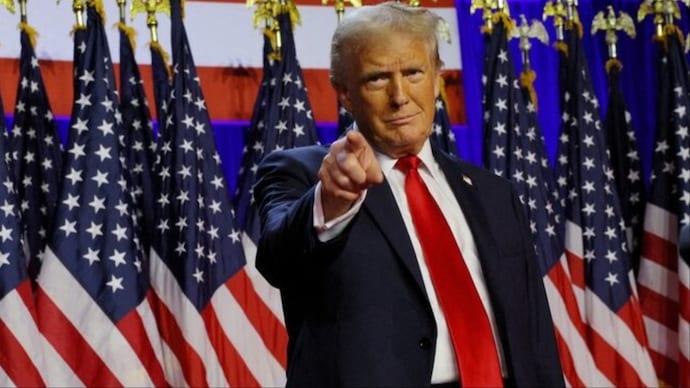President Trump Asserts US Leverage in Ongoing China Trade Negotiations
In a press briefing on Tuesday, President Donald Trump issued a strong statement on the status of trade negotiations with China. Making it clear that the United States is prepared to act unilaterally if necessary, Trump declared that if a trade agreement isn’t reached, the US will set its own terms.
“We’re doing fine with China. We’re doing fine with almost every country. Everybody wants to have involvement with the United States,” Trump said, underscoring America’s influential position in the global economy. He added, “Ultimately, we have something they want. You have to view it that way.”

Tariff Strategy: Reduction, Not Elimination
Addressing tariff policies, Trump confirmed that the United States would consider reducing tariffs on Chinese goods, but ruled out a complete removal. “Tariff on China will not be as high as 145%. It won’t be zero. It will not be anywhere near 145%,” he clarified.
This nuanced stance aims to maintain pressure on Beijing while allowing room for diplomatic negotiations. The message: the US is willing to compromise, but not capitulate.
Diplomatic Tone Despite Firm Policy
Despite the assertive rhetoric, Trump insisted that the US remains open to a cordial dialogue with China. “We’re going to be very nice with China. They have to make a deal,” he stated. This dual approach—tough on policy, soft on diplomacy—reflects the strategic balancing act the administration seeks to maintain.
Trump’s comments arrive at a critical juncture, with global markets watching closely. Investors and international stakeholders are concerned that prolonged uncertainty could impact trade flows, supply chains, and economic stability worldwide.
Background: A Trade Dispute with Global Implications
The US-China trade war began in 2018 and escalated through several rounds of tariffs and counter-tariffs. The conflict has reshaped global trade dynamics, prompting countries and corporations to reassess their supply chain strategies. Trump’s latest remarks suggest that while the US seeks a favorable outcome, it is also preparing for a scenario where negotiations stall.
Both Washington and Beijing are under pressure to resolve trade issues that include intellectual property concerns, market access, and trade imbalances. The Trump administration’s insistence on retaining leverage through tariffs indicates it does not want to appear weak at the negotiating table.
What Lies Ahead?
While President Trump remains confident that a deal will be reached, he reiterated that the US will not hesitate to define its own terms if talks fail. “If they don’t make a deal, we will set the deal,” Trump emphasized, a remark signaling a potential turning point in the negotiations.
As the world watches how these talks unfold, all eyes are on how China will respond to the US’s increasingly firm position—and whether a middle ground can be found before global economic tensions escalate further.
Category: Politics, Economy, International Relations
Tags: Donald Trump, China trade deal, US tariffs, trade war 2025, Trump economic policy, US China talks, global trade, international negotiations, tariff reduction, White House news









